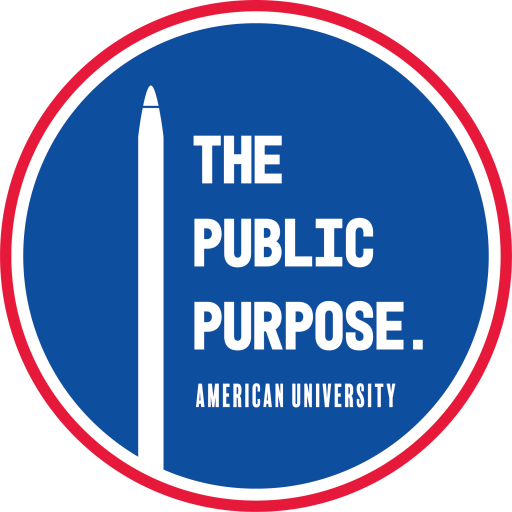The odds of being struck by lightning in your lifetime are 1 in 3,000. It seems like the odds of getting loan forgiveness are just as slim with just 96 applicants out of 33,000 being approved. Approximately 99 percent of applicants applying for Public Service Loan Forgiveness (PSLF) have been rejected. Moreover, the Department of Education (DOE) recently reported that 33,000 applications were received for this program, and of that, only 29,000 were reviewed. From this pool, only 96 applications were approved for loan forgiveness — amounting to a meager $5.52 million dollars in savings for the borrowers.
The loan forgiveness program dictates that you work a public service job for 10 years and make income-based repayments on your loans during that time. Theoretically, once your 10 years of payment are complete, then the remaining balance will be forgiven.
The program was originally created to incentivize future graduates to work in the public sector within the federal, state or local public service job or 501(c)(3) non-profit job. A lack of fresh talent in these sectors dawned the creation of this program. The process of applying for PSLF and its eligibility requirements has left loan servicers and borrowers confused, the Government Accountability Office (GAO) indicated in its Sept. 2018 report findings on the program. PSLF must be more accessible, with simplified language regarding eligibility that will allow more candidates to apply and ultimately, be approved.
There’s a major disconnect between the DOE and its applicants in terms of what are the program’s requirements. An applicant residential state’s definition of public service OR their loan servicer’s definition of their loan can be different than what DOE defines as public service in the program’s requirements. Many applicants find the annual certification process daunting and confusing in terms of the frequency of certification, how to certify when you change jobs and what type of repayment plan to choose. Unclear guidelines could limit the number of individuals that choose to participate in the public sector.
The need for more federal employees is imminent as the current administration struggles to fill positions across the government. President Trump has filled 381 key posts out of 702, with 182 formally nominated, 131 with no nominee and 12 awaiting nomination. That amounts to a 46 percent vacancy rate across the government which can have a negative effect across the different policy-making agencies.
There is already a shortage of individuals who are willing to work in the public sector given that the private sector pays more. The average government policy analyst makes roughly $75,000 a year and a policy analyst in the private sector can make up to $112,000 a year. This earnings difference can incentivize students to join the private sector, especially those looking to pay off their student loans. We, as a nation, need people in public service careers and as career public servants begin to enter retirement, the number of vacancies will only continue to increase.
Here are four quick tips for students looking to get their loans forgiven for their public service:
- Ensure your job fits the requirements of the program within the public service definition.
- Fill out a certification form.
- Enroll in an income-driven repayment program.
- Consolidate your student loans and/or refinance your private loans
If we don’t make it easier for individuals to apply so they can meet the eligibility requirements, we could disincentivize individuals to work in public service jobs – amounting to a $6.5 million lifetime earnings loss per individual in the public sector.
As GAO stated, the instructions need to be clearer for the borrower and the loan servicers so that when the application makes it to the DOE reviewers, it is approved. This allows students who give back through public service to have their student debt forgiven.
Photo Source: Matson – St. Louis Post



0 Comments